- About us
- Support the Gallery
- Venue hire
- Publications
- Research library
- Organisation chart
- Employment
- Contact us
- Make a booking
- Onsite programs
- Online programs
- School visit information
- Learning resources
- Little Darlings
- Professional learning
Mel Gibson (b. 1956), actor and director, is the only Australian to have won an Academy Award for Best Director. He was born in New York State, sixth of eleven children of a railroad brakeman married to an Australian woman. In 1968 the family moved to Australia, where Gibson attended the National Institute of Dramatic Arts, playing Romeo to Judy Davis’s Juliet and Vladimir to Geoffrey Rush’s Estragon. In 1979 he turned in a sensitive performance as an intellectually impaired labourer in Tim. However, it was as the eponymous hero of the smash hit film Mad Max that he became a local star. In 1981 his performances in Mad Max 2 (released in the USA as The Road Warrior) and Gallipoli began to attract international attention. After his inauspicious Hollywood debut in The Bounty (1984), Lethal Weapon (1987) established him as an A-list actor. His subsequent films include Lethal Weapon II, III and IV (1989, 1992, 1998), What Women Want (2000) Signs (2002) and The Beaver (2011). As director he has made The Man Without a Face (1993), Braveheart (1995), which won him Best Director and Best Picture Oscars and the Best Director Golden Globe; the controversial hit The Passion of the Christ (2003) and the hideous bloodbath Apocalypto (2006).
This photograph was published in POL magazine in late 1984. It accompanied an article about William Yang’s ten-year retrospective at the Hogarth Galleries, Sydney, William Yang, Photographer: A Sydney Diary, and the release of Jim Sharman’s book Public Pictures. Gibson, on the eve of stardom, was not singled out for mention in the article, which stated that ‘there’s no doubt that Yang has been a benign influence on even the most appalling social occasions.’
Purchased 2003
© William Yang
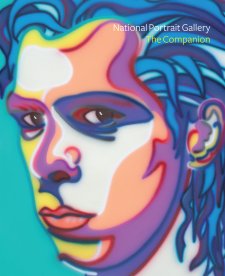
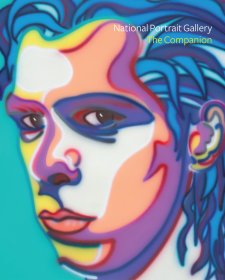

On one level The Companion talks about the most famous and frontline Australians, but on another it tells us about ourselves.


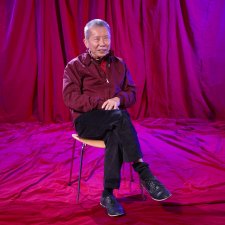
William Yang on his heritage and becoming a photographer in the 70s.
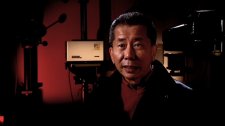
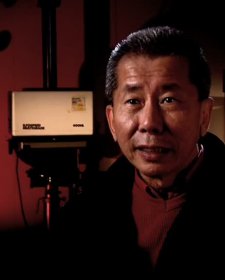
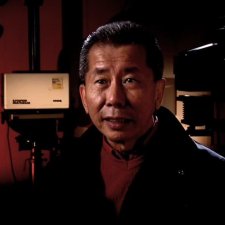
An interview with photographer William Yang who recalls his encounters with the author Patrick White.